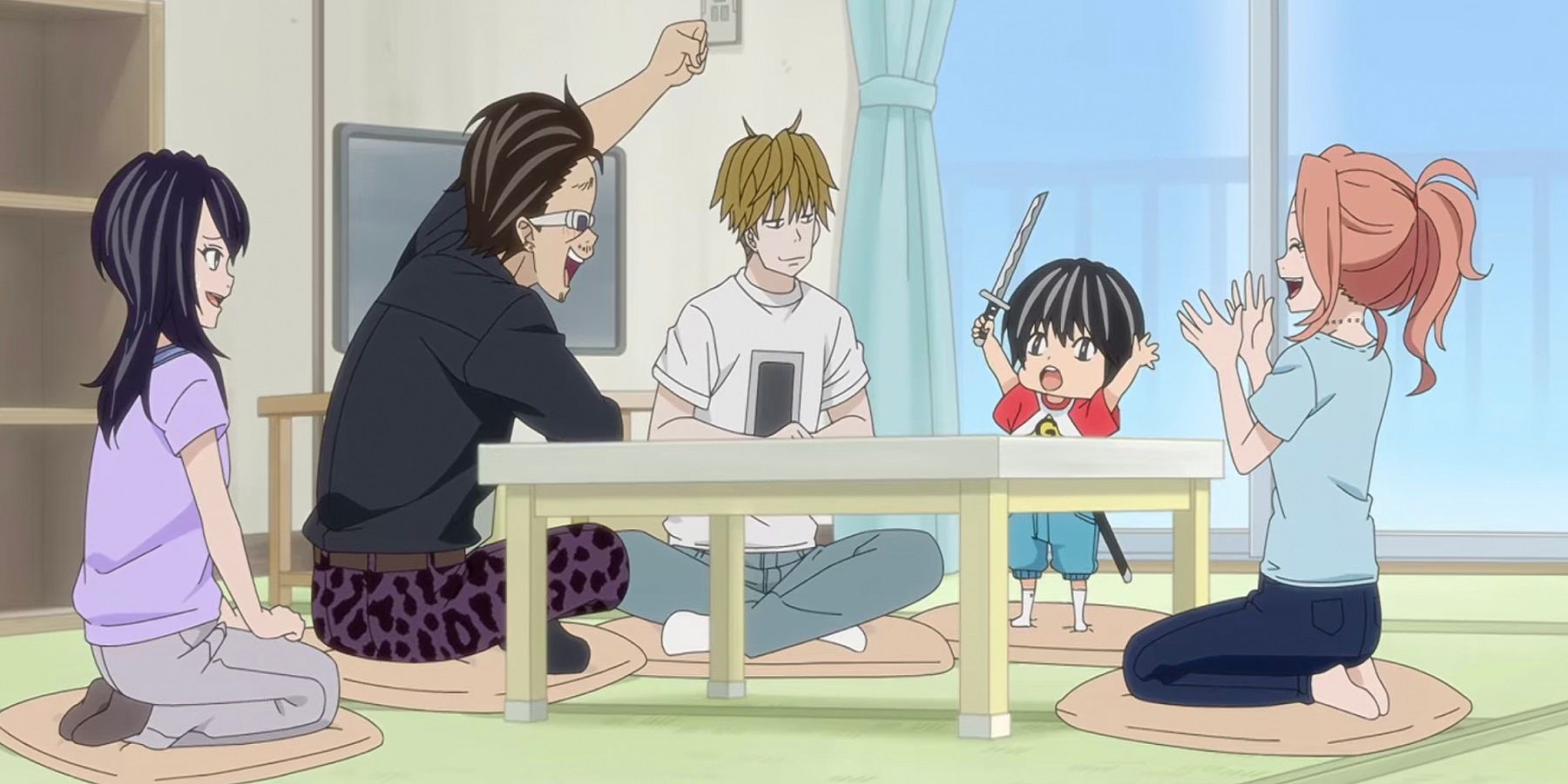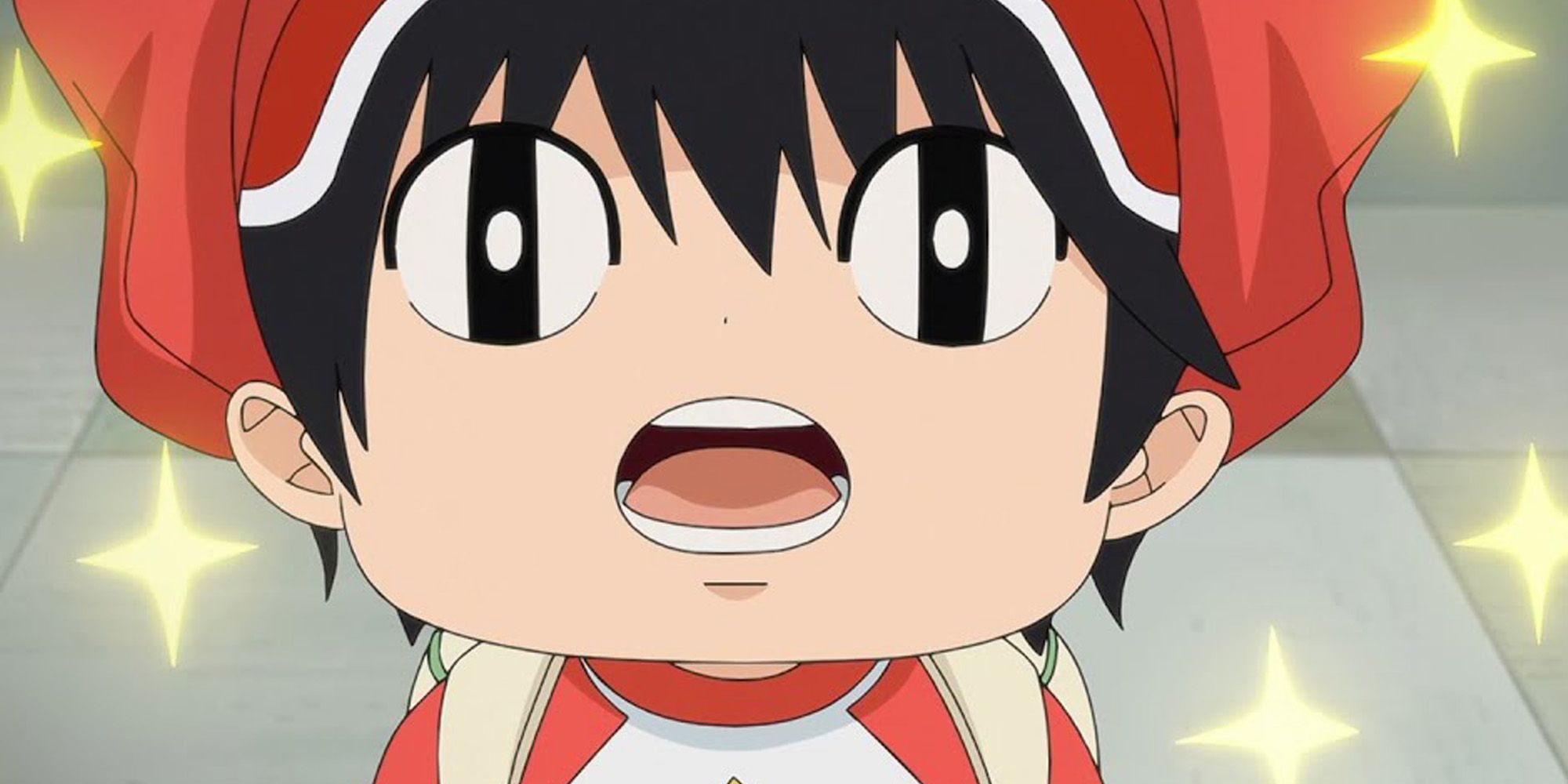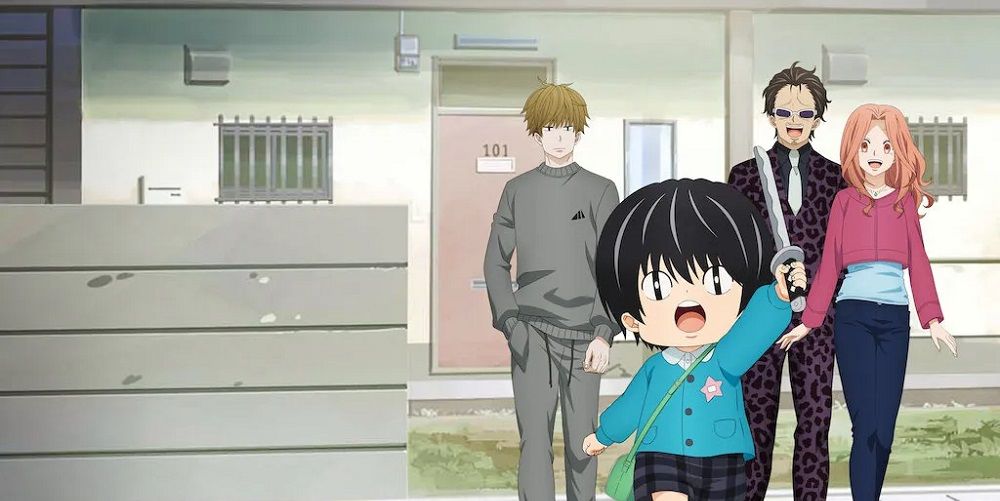Did you ever wonder exactly why Kotaro Lives Alone? Although the neglect and abuse he suffered might result in his removal from his parental home, why isn't he being looked after by a reasonable adult? Why is being alone the only option presented by the anime? To consider the reasoning behind this, it helps to understand that vulnerable children in Japan have a problem, one that's been going on for quite some time. It's been reported by the UN Human Rights Commission, Human Rights Watch, and was even the subject of an Al Jazeera documentary "Japan's Throwaway Children" in 2015.
Essentially, children orphaned or in danger at home are institutionalized rather than placed in foster care or family settings, despite the fact that such settings are universally considered inappropriate, especially for the youngest children. Almost ninety percent of children removed or given up by their parents are placed in these institutions, and fostering is rare and often fails. At certain crisis centers the children are quite literally locked up without recourse to schooling and can be held there indefinitely. When viewed against this background, Kotaro Lives Alone reads almost as a gentle introduction to this crisis of abuse, and the communal need to care for these children. In the world of anime, a small child suffering from neglect and abuse can choose to live alone and form a surrogate family with his kindly neighbors.
Fostering Without Fostering
From the beginning, Shin Karino is very puzzled as to why a four-year-old is living alone next door. Although Karino hardly has his own life together, he immediately realizes that Kotaro shouldn't be wandering around on his own and takes it upon himself to begin walking everywhere with him, despite the fact that Kotaro insists this is unnecessary, and even unwanted. He withstands the discomfort of being mistaken repeatedly for Kotaro's father, even though Kotaro clears him of this possibility immediately. As time progresses, Karino keeps putting himself more and more out there for Kotaro, helping him bathe at the bathhouse, being there for him when Kotaro was the only child alone during his kindergarten induction ceremony, walking him to and from school and attending PTA meetings. He even takes over the school festival preparations and enlists all the people who have become tangentially associated with Kotaro to help run it and make the day special for the little boy.
Karino is the one who realizes that Kotaro had been starving at some point and ate tissues to survive. Uncovering more about his past history of abuse, Karino tries his best to protect and befriend him and in the process of doing so, changes his life for the better. His life, work, and other relationships are all improved in relation to Kotaro. When an old girlfriend shows up and tries to put a stop to Karino helping Kotaro, so he can focus on an important manga project, Karino makes short work of her interference and turns up for Kotaro's school recital anyway, because he is committed to being there for Kotaro. He even washes the gravestones of Kotaro's grandparents and commits to returning every year with Kotaro, if only to prevent him seeing the side which bears his mother's name. In short, Karino, hardly a likely candidate, slides into the role of foster parent episode by episode, until by the end there is no question that this is the role he will be providing for Kotaro for as long as he can. Kotaro Lives Alone makes a point that this is the only moral choice to make, and especially that it is positive for both parties, a rarity in a nation where fostering is highly uncommon.
The Village
But it takes a village to raise a child and Kotaro Lives Alone dedicates several episodes to make that clear. Sure, there are other neighbors: Isamu Tamaru, the divorced dad who's trying to stay connected to his kid; the hostess with the heart of gold, Mizuki Akitomo, who befriends and then must abandon Kotaro when a vicious ex-boyfriend begins to beat and stalk her; Sumire Takei who's working on her deep discomfort around children, and whose mother refused to touch her except with gloves, much like Kotaro's mother. Even Aota, who moves into the complex in episode 6 and befriends Kotaro, but turns out to be a private detective hired by Kotaro's dad, has a background of abuse. The neighbors are frantic with worry that Aota will turn Kotaro in and put him in danger, but he doesn't. When asked why, Aota lifts his shirt to reveal scars caused by cigarette burns. Clearly, Kotaro isn't the only hurt child around.
And here Kotaro Lives Alone does what it seems to have set out to do, which is to expand Kotaro's experience onto neglected children of Japan in general. There are segments where Kotaro barely figures, or at least isn't the heart of the story. A dental assistant learns the reason why the dentist schedules extra time for children's visits, so that he will never let an obvious case of neglect slide by again. A starving older boy and his siblings pick edible plants with Kotaro because their mother abandoned them a month ago but here the neighbors are shown as uncaring gossips and the children disappear into family services. A boy playing soccer flinches every time someone yells, and needs to be comforted by Kotaro and told that he's safe. Abuse is everywhere, if only people would look.
Kotaro Lives Alone does its job of making sure that child abuse isn't so secret anymore, and that all adults should be paying close attention to what children are doing and how they behave, to make sure that kids don't fall through the cracks. It positions fostering as an admirable and natural part of concern for endangered youth, and sets a sympathetic path to providing support for kids in trouble. In short, it seems to have been created as a gentle guide so that all the Kotaros won't have to be so alone anymore.
Sources: UnitedNations,HumanRightsWatch, AlJazeera



